The elderly should be aware of routine laboratory data, simple and quick understanding of physical condition
With the rapid increase of the population proportion of the elderly in our country, the elderly medical treatment related problems highlight, even healthy elderly people, due to the degeneration of organ function, will also appear physical discomfort, at the same time, chronic diseases and diseases increase with age. Some acute and chronic diseases such as coronary atherosclerotic heart disease, arrhythmia, hypertension, diabetes, stroke, Parkinson's disease, Alzheimer's disease, cardiac and renal insufficiency, chronic obstructive pulmonary disease, osteoporosis and other diseases are common diseases of the elderly, so understanding simple laboratory data knowledge is crucial for the elderly to correctly understand their physical conditions.
Accept the physical examination or medical treatment, the doctor will prescribe some tests, the test results often have some arrows, both up and down, may cause patients to panic, today we do a comb of the common tests, so that patients correctly understand the significance of abnormal tests, these tests include blood routine, urine routine, blood sugar, blood lipid, liver function, kidney function, etc., understand several key data, Then go to the doctor to ask can also do know, today mainly talk about the following commonly done laboratory indicators.
1. Blood analysis
1. White blood cells Look at the total number of white blood cells and the proportion of five kinds of white blood cells. If the total number of white blood cells is elevated in the elderly, it is often associated with infectious diseases. The decrease in the number of white blood cells can be seen in some viral infections, cirrhosis, drug factors such as antibiotics, analgesics, anti-thyroid drugs, etc. Some elderly people only have a decrease in the total number of white blood cells, and doctors need to comprehensively determine the cause.
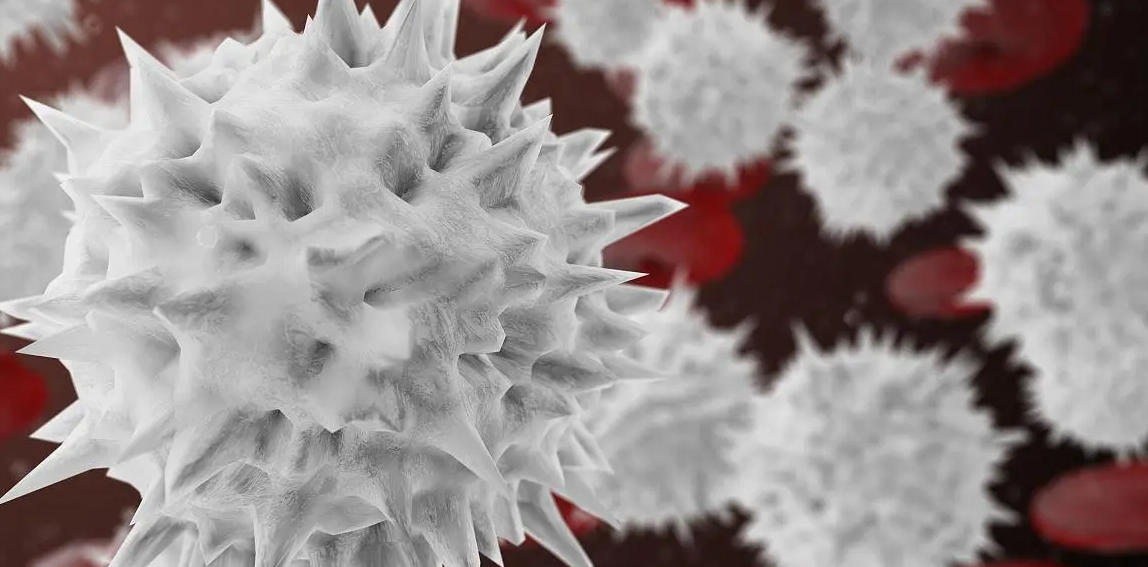 2. Red Blood cells Red blood cells contain hemoglobin, which mainly transports oxygen to various organs of the body to ensure oxygen supply to the organs. Reduced hemoglobin is a sign of anemia, and the cause of anemia needs to be further investigated. If the volume of red blood cells becomes small, insufficient intake of hematopoietic raw materials (iron) should be considered, and hemorrhagic anemia should be excluded in combination with stool occult blood. Enlarged red blood cells may be deficient in vitamin B12 and folate.
2. Red Blood cells Red blood cells contain hemoglobin, which mainly transports oxygen to various organs of the body to ensure oxygen supply to the organs. Reduced hemoglobin is a sign of anemia, and the cause of anemia needs to be further investigated. If the volume of red blood cells becomes small, insufficient intake of hematopoietic raw materials (iron) should be considered, and hemorrhagic anemia should be excluded in combination with stool occult blood. Enlarged red blood cells may be deficient in vitamin B12 and folate.
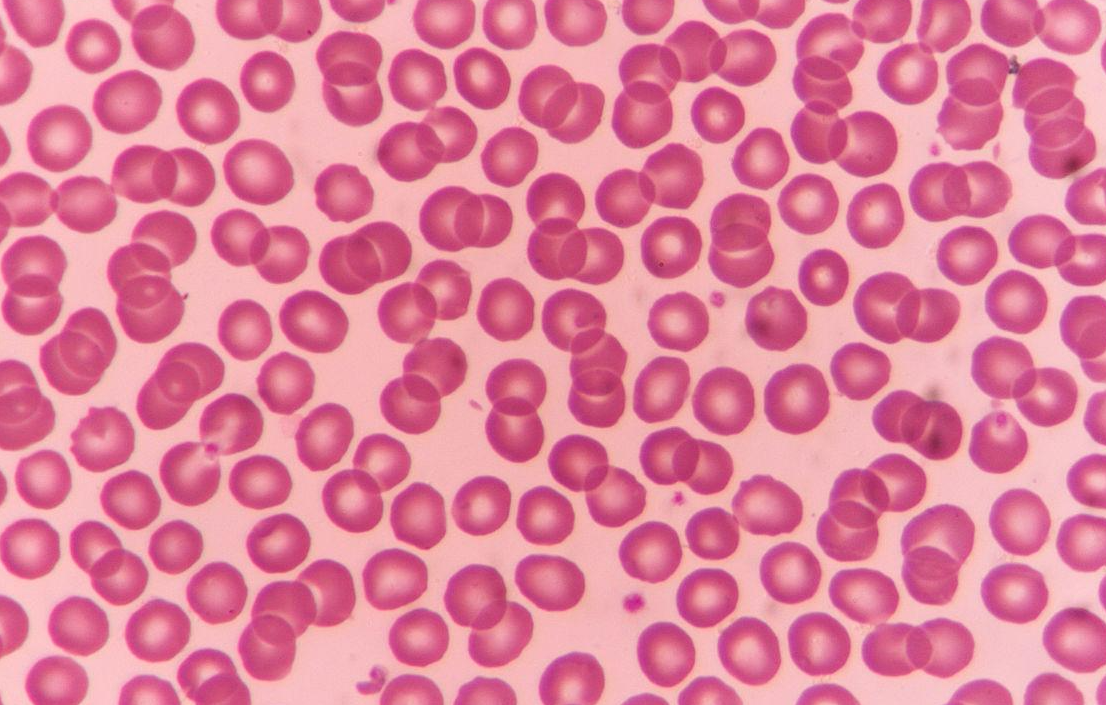 3, platelets mainly play a hemostatic function. There are many reasons for reduced platelet count common aplastic anemia, myelodysplastic syndrome, drug factors, etc. And thrombocytosis can be seen in acute infection, thrombocytosis and other causes.
3, platelets mainly play a hemostatic function. There are many reasons for reduced platelet count common aplastic anemia, myelodysplastic syndrome, drug factors, etc. And thrombocytosis can be seen in acute infection, thrombocytosis and other causes.
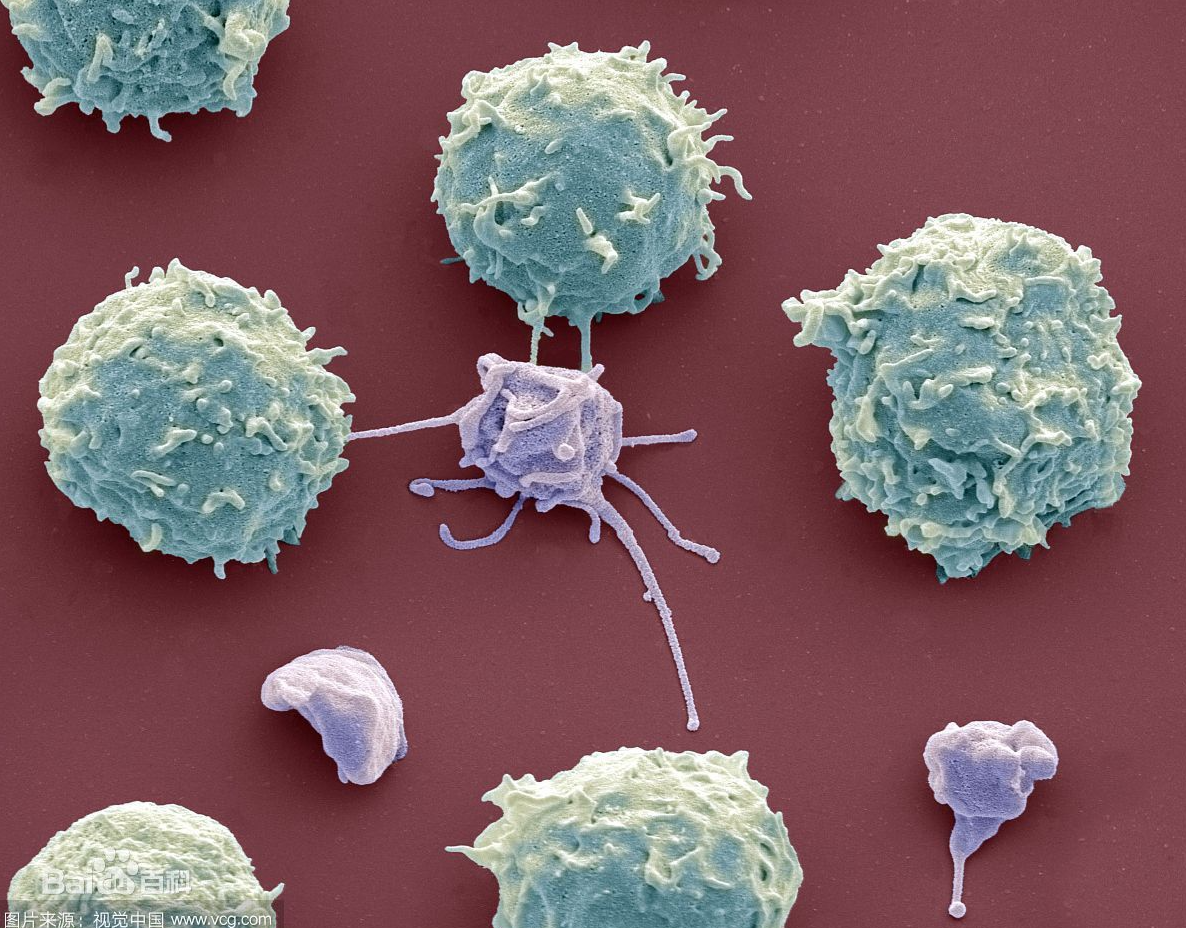 Second, liver function
Second, liver function
The elderly are often easy to take a variety of drugs, liver is an important organ of drug metabolism, but also has the role of detoxification, metabolism, protein synthesis. Focus on alanine aminotransferase, aspartate aminotransferase, R-glutamyltransferase, bilirubin, if elevated, consider whether there is liver damage (drug induced, fatty liver, alcoholic liver, viral hepatitis, bile duct stones, etc.). Liver function contains albumin and prealbumin, if reduced, considering recent poor feeding, malnutrition or malnutrition risk, should be early intervention to prevent adverse events.
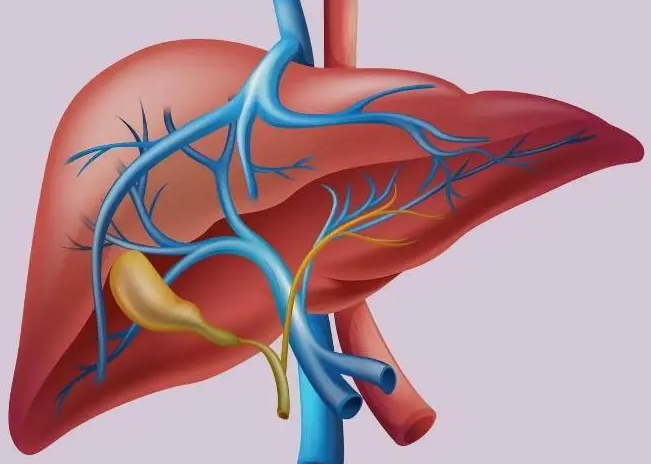 Third, kidney function
Third, kidney function
Focus should be on creatinine, urea, uric acid. Especially the elderly people with hypertension and diabetes. Once creatinine and urea nitrogen are elevated, the diagnosis should be made with urinalysis.
Hyperuricemia should be considered if uric acid alone is increased, and a low purine diet should be used to prevent gout attacks.
4. Blood fat
Lipid tests mainly include total cholesterol (TC), triglycerides (TG), low-density lipoprotein cholesterol (LDL-C), high-density lipoprotein cholesterol (HDL-C), and apolipoprotein A and Apolipoprotein B. Among them, the most clinically significant is low-density lipoprotein cholesterol, which can be easily understood to say that it can transfer cholesterol in the blood to the blood vessel wall, gradually accumulate to form atherosclerotic plaque, resulting in narrowing of the blood vessel cavity, reduced blood supply, decreased oxygen carrying capacity of red blood cells, and corresponding symptoms. So in theory LDL cholesterol should be lower better, the effect on blood vessels will be less. Healthy people have low density lipoprotein cholesterol < 3.1mmol/L. About 20% of cholesterol is obtained from the diet, nearly 80% is produced by metabolism in the body, and triglycerides are mostly obtained from the diet. For the time being. Due to changes in diet structure, it has been reported that the number of patients with dyslipidemia in China has reached nearly 200 million, but the awareness rate of patients with dyslipidemia is still low, and the road to reaching the standard of blood lipids is still long, especially for the elderly, many of whom suffer from atherosclerotic diseases of the heart and brain and lower limbs, which are closely related to lipid metabolism. Therefore, elderly patients should pay more attention to blood lipids, regularly review, and dynamically observe changes in blood lipids. Once the increase in blood fat should be noticed, according to the doctor's opinion, decide whether to take medicine treatment.
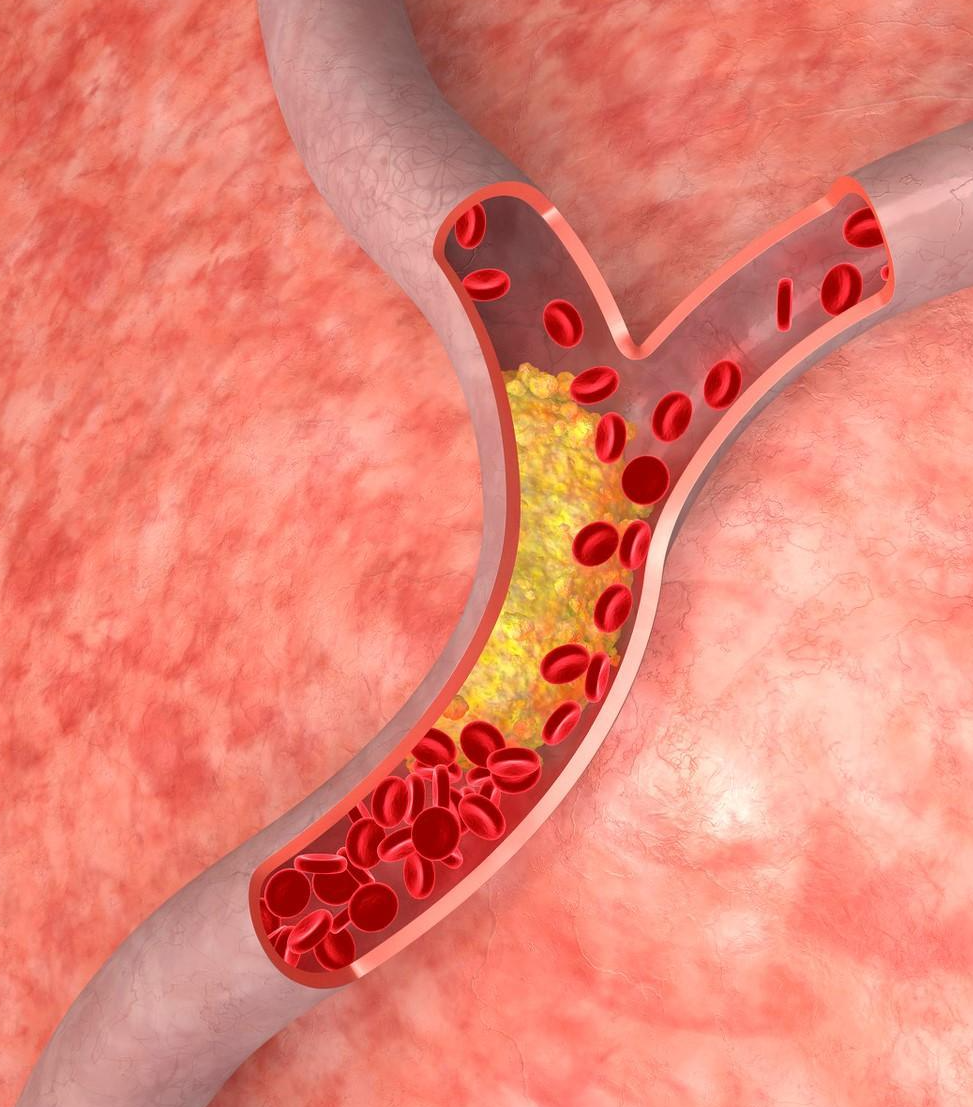
Author:
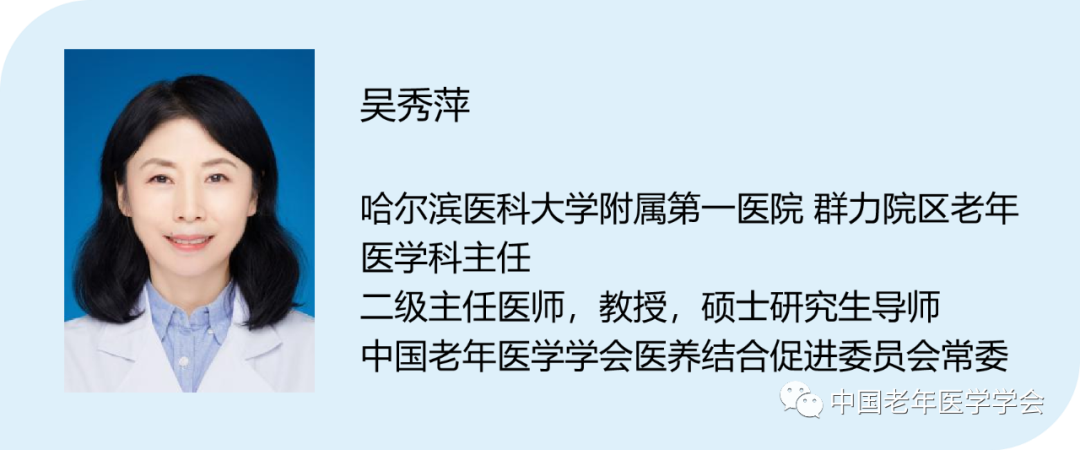
(The opinions expressed are those of the author. Some pictures in this article are from the Internet, if there is infringement, please contact to delete)

